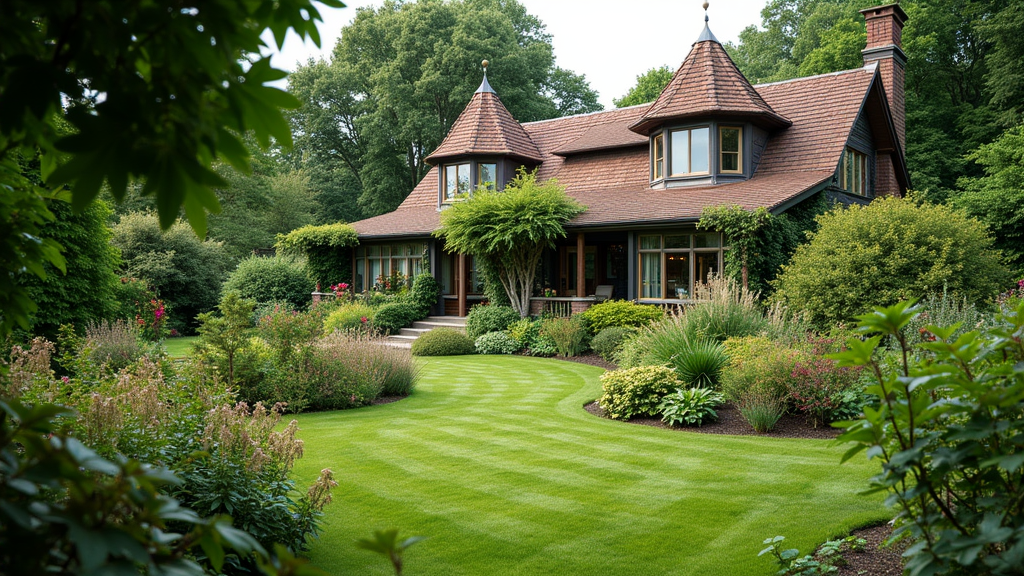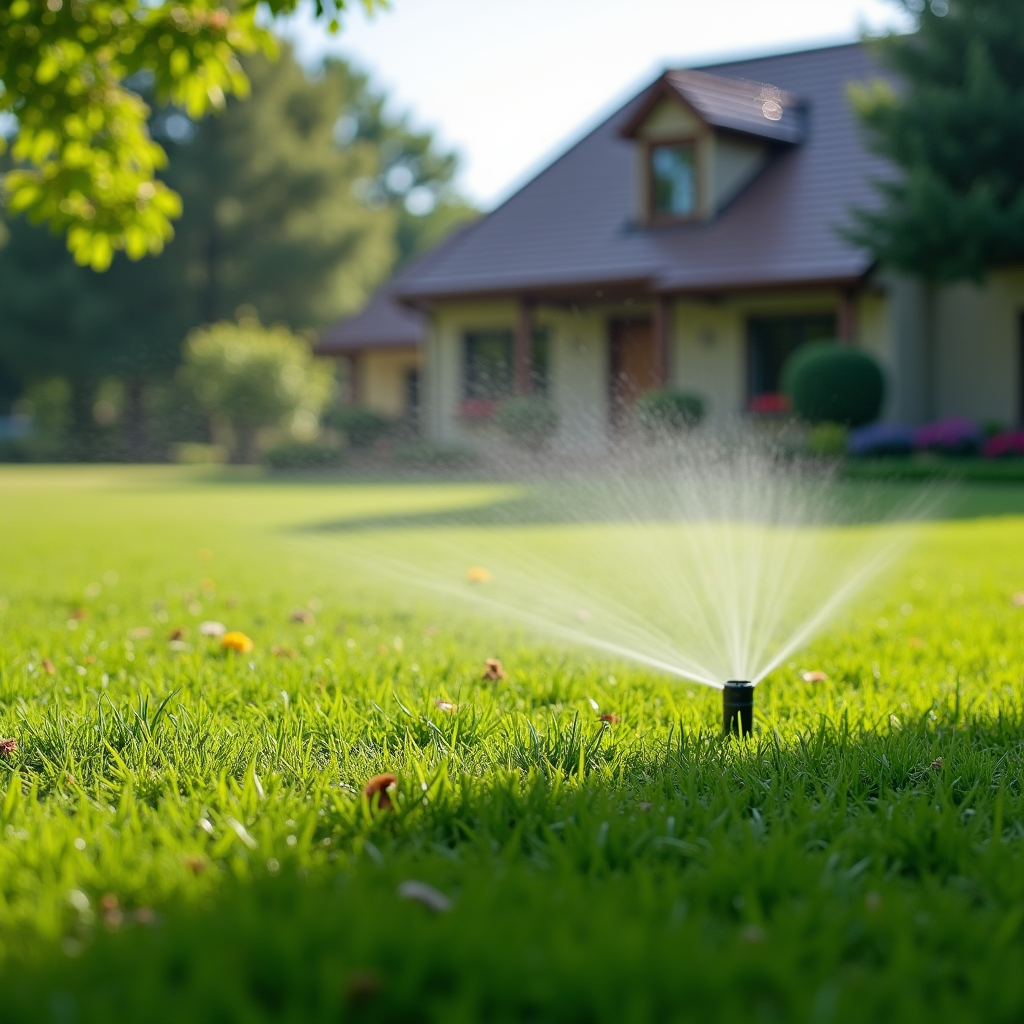Introduction
When it comes to landscape design, trees play a pivotal role. Not only do they provide shade during hot summer days, but they also enhance the aesthetic appeal of any outdoor space. Choosing the right trees can transform a mundane yard into a breathtaking oasis. With countless varieties available, selecting the perfect trees involves considering factors such as climate, soil type, maintenance requirements, and desired visual impact.
In this comprehensive guide on "Choosing the Right Trees for Shade and Aesthetic Appeal in Landscapes," we'll delve deep into various aspects of tree selection. From understanding different species to practical tips on planting and care, we will cover everything you need to create a beautiful and functional landscape.
Understanding Your Landscape Needs
Assessing Your Space and Environment
Before jumping into the fun part of selecting trees, it's essential to assess your landscape's unique characteristics. Are you working with a small backyard or an expansive estate? Is your area shaded by structures or bathed in sunlight?
- Size of Your Space: The dimensions of your landscape greatly influence tree choice. Large trees might overwhelm small spaces, while smaller species might get lost in vast areas. Sunlight Exposure: Observe how much sun your space receives throughout the day. Different trees have varying sunlight needs: some thrive in full sun while others prefer partial shade. Soil Quality: Conducting a soil test can reveal pH levels and nutrient content, helping you understand which tree species will flourish in your environment.
Identifying Your Goals for Tree Selection
What are you hoping to achieve with your tree selection? Are you looking for:
- Shade Provision: Some areas require more shade than others, especially if they're used frequently. Aesthetic Appeal: Trees can add color, texture, and seasonal interest to your landscape. Wildlife Habitat: Certain trees attract birds and other wildlife, fostering biodiversity in your garden.
Keep these goals in mind as you explore different tree options!
Choosing the Right Trees for Shade and Aesthetic Appeal in Landscapes
Top Tree Species for Shade
When it comes to creating shaded areas within your landscape design, specific tree species stand out due to their robust foliage and wide canopy. Here are some popular choices:
1. Oak Trees (Quercus spp.)
These majestic giants offer extensive shade coverage and are known for their longevity.

Pros:
- Attractive fall foliage Strong wood quality
Cons:
- Slow growth rate
2. Maple Trees (Acer spp.)
Maples are not just vibrant; they also provide ample shade with their broad leaves.
Pros:
- Beautiful autumn colors Fast growth rate
Cons:
- Some varieties may be prone to disease
3. Sycamore Trees (Platanus occidentalis)
Ideal for large spaces, sycamores can grow quickly while providing excellent shade.
Pros:
- Unique bark that peels away Tolerant of urban conditions
Cons:
- Requires ample space due to size
Top Tree Species for Aesthetic Appeal
Aesthetically pleasing trees can significantly enhance the visual impact of any landscape design. Here are some standout options:
4. Cherry Blossom Trees (Prunus serrulata)
These iconic flowering trees draw attention with their stunning pink blooms.
Pros:
- Gorgeous spring flowers Compact size suitable for smaller gardens
Cons:
- Relatively short-lived compared to other species
5. Japanese Maple (Acer palmatum)
Known for its exquisite leaf shapes and colors, this tree adds sophistication to any garden.
Pros:
- Varieties available in different colors Ideal for ornamental use
Cons:
- Requires protection from harsh winds
6. Dogwood Trees (Cornus spp.)
With their beautiful blossoms and unique branching structure, dogwoods are a favorite among landscapers.
Pros:
- Stunning flowers in spring Provides year-round interest
Cons:
- Susceptible to certain diseases
Factors to Consider When Choosing Trees
When deciding on which trees to plant in your landscape design, consider these key factors:
Climate Adaptability
Not all trees thrive equally across diverse climates; understanding your local climate is crucial when making selections.
Maintenance Requirements
Some trees demand more care than others—consider how much time you're willing to invest in upkeep.
Growth Rate & Size at Maturity
Select trees based on how fast they grow and their ultimate size; this ensures that they fit well within your designated space over time.
Root System Characteristics
Understanding whether a tree has invasive roots can prevent future complications with structures or underground utilities.
Designing Landscapes Around Your Chosen Trees
Once you've chosen the right trees for shade and aesthetic appeal, it's time to integrate them effectively into your overall landscape design!
Creating Focal Points with Trees
Trees can serve as striking focal points or anchors within your yard—placing them strategically enhances visual interest!
Using Layers in Landscape Design
Consider layering different types of plants around your chosen trees; low shrubs or colorful flowers complement towering trunks beautifully.

Incorporating Hardscaping Elements
Don't forget about pathways or patios! These hardscape features can work harmoniously alongside lush foliage when designed thoughtfully.
Planting Guidelines for Maximum Success
After selecting ideal specimens from our previous sections—what’s next? Here’s how best to plant those beauties:
1. Timing Matters
Aim to plant during optimal seasons—spring or fall—when temperatures are moderate.
2. Digging the Right Hole
Ensure holes are spacious enough without being too deep; roots need room but shouldn’t be buried too far underground.
3. Watering Wisely
Once planted give them adequate water right away—but avoid overwatering!
| Step | Description | |------|-------------| | Timing | Spring/Fall | | Hole Size | Wide but shallow | | https://blogfreely.net/machilifwc/step-by-step-guide-on-how-to-lay-sod-like-a-pro Watering | Moderate |
FAQ Section
li25/ol1/li26li26/ol2li27# How do I know what type of soil I have?- Conduct a simple soil test kit available at garden centers; it’ll provide essential information about pH levels.
- Absolutely! Just ensure compatibility regarding light needs and spacing.
- Yes! Well-chosen landscaping—including mature healthy trees—can boost curb appeal substantially!
Conclusion
Selecting the right trees is an essential aspect of designing landscapes that offer both shade and beauty. By understanding various tree species' characteristics, assessing environmental needs, considering maintenance requirements, and integrating them thoughtfully into overall designs – you’ll create stunning outdoor spaces that not only serve functional purposes but also elevate aesthetics dramatically!
Remember that planning ahead pays off tremendously down the line; don’t rush through decisions! With careful consideration now about what makes sense today—it’ll lead toward flourishing gardens tomorrow! Happy planting!